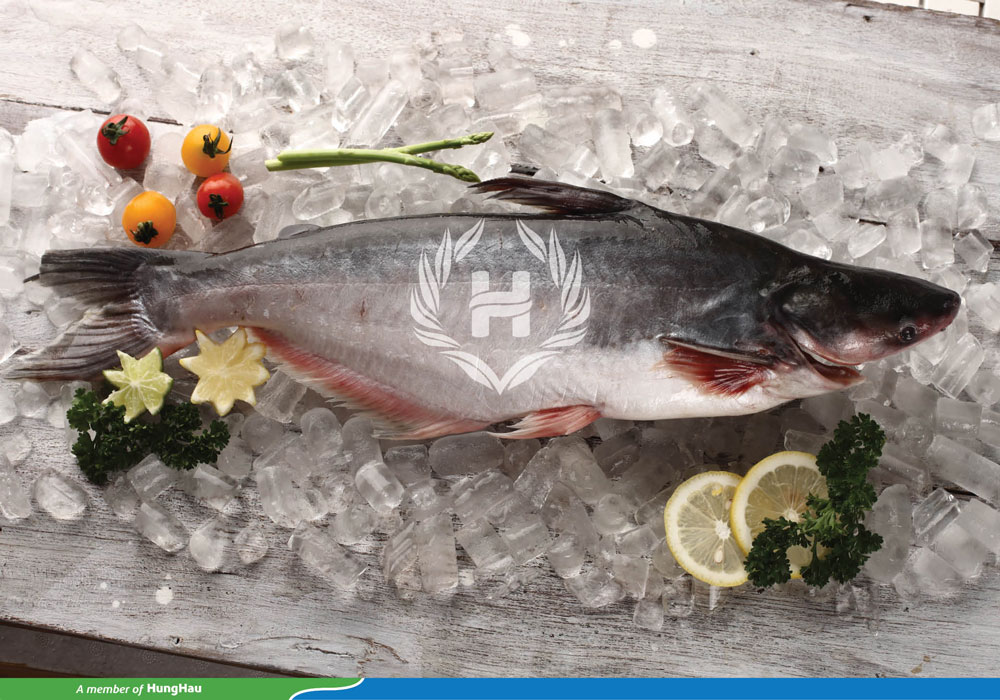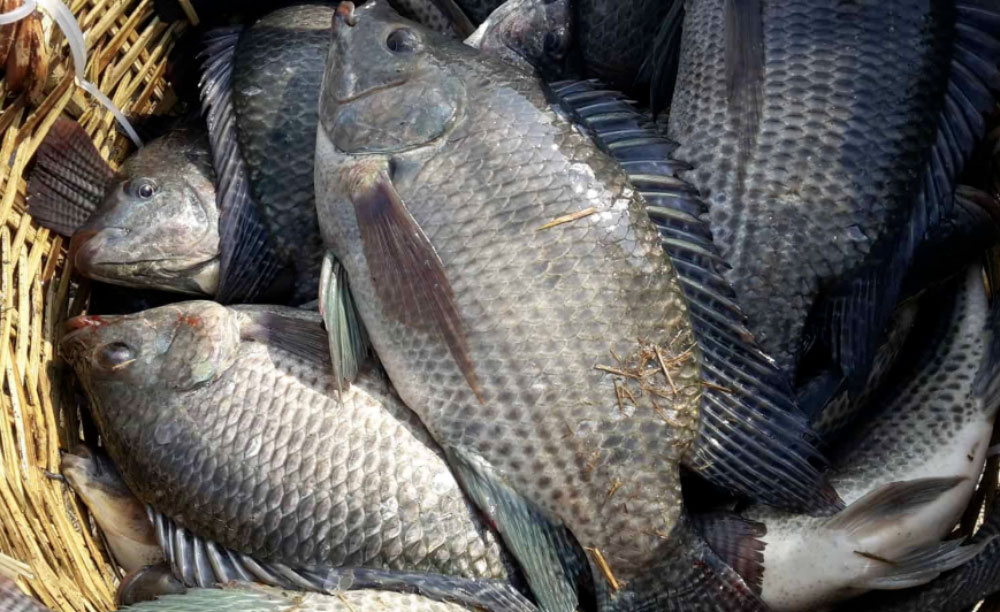Vietnam Seafood
Vietnam’s seafood industry targets tilapia as strategic export product
Great potential, ample room for growth
Speaking at the forum, Mr. Nhu Van Can, Deputy Director of the Directorate of Fisheries and Aquatic Resources Surveillance, highlighted Vietnam’s advantages in developing tilapia thanks to its extensive river systems, reservoirs and vast freshwater-brackish water aquaculture areas. The country currently boasts over 400,000 hectares of freshwater aquaculture land and more than 7,000 reservoirs and hydroelectric lakes, sufficient for establishing large-scale commercial production zones.
According to Mr. Can, tilapia offers strengths in adaptability, reasonable farming costs and high nutritional value, suiting various consumer segments. In the first eight months of 2025, tilapia exports reached $63.3 million, far exceeding the full-year 2024 target of $23 million. “This is a positive signal but the industry must invest systematically in breeds, technology, processing and branding,” he emphasized.
In Hai Phong, efforts to digitize farming zones and assign traceability codes are underway, targeting export standards. Ms. Pham Thi Dao, Deputy Director of the Hai Phong Department of Agriculture and Environment, stated that the locality is positioning tilapia as a key product in its green economy strategy. High-tech farming models such as Biofloc and HDPE cage farming have boosted productivity by 25-30% compared to traditional ponds, while reducing water pollution.
Sustainable development toward a value chain
Vietnam currently has over 40,000 hectares of specialized tilapia farming and 300,000 hectares of polyculture with annual output around 316,000 tons. The infrastructure is maturing, including 300 hatcheries, 80 feed mills and 510 export-standard processing facilities. Major enterprises such as Nam Viet, Viet Nhat, Xuyen Viet and De Heus are integrating production-processing chains, expanding Vietnam’s tilapia market share globally.
However, the sector still faces high production costs, small-scale operations, inconsistent breed quality and weak value-chain linkages. Exports remain concentrated in the U.S and Europe, leaving the industry vulnerable to market fluctuations.
The Directorate of Fisheries identifies tilapia development not merely as a matter of increasing output but for a sustainable value chain linking farmers, enterprises and scientists. By 2030, the target is 400,000 tons of production and $100 million in export value, establishing a national brand “Vietnamese tilapia”.
Key strategies include: planning concentrated farming zones with synchronized infrastructure, developing new-generation breeds (G4), applying Biofloc and RAS technologies, investing in deep processing, diversifying markets and promoting VietGAP, ASC certifications and traceability.

Green pathways and new opportunities
At the forum, the Institute of Aquaculture Research No.1 introduced G4 tilapia breeds with 10% faster growth and 26% higher fillet rates than imported varieties. De Heus Group presented nutritional solutions to cut production costs, while the U.S Soybean Export Council (USSEC) recommended developing tilapia via green, transparent, sustainable supply chains.
Experts view tilapia as the “new spearhead spieces” following the success of pangasius and shrimp, diversifying exports, stabilizing rural livelihoods and advancing the green economy.
Mr. Nhu Van Can affirmed: “If we succeed in improving breeding, technology, production organization and markets, Vietnam can absolutely transform tilapia into a new flagship product, positively contributing to sustainable fisheries development.”
The forum is expected to spark a turning point, helping Vietnam’s fisheries shape a modern, efficient, eco-friendly tilapia industry, positioning it as a strategic export product in the coming years.
Source: https://seafood.vasep.com.vn/



 Tiếng Việt
Tiếng Việt